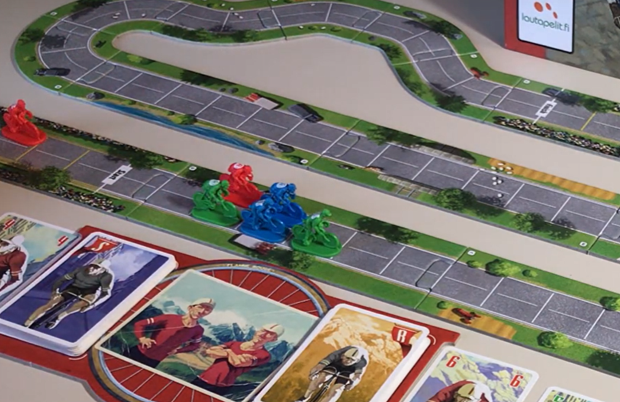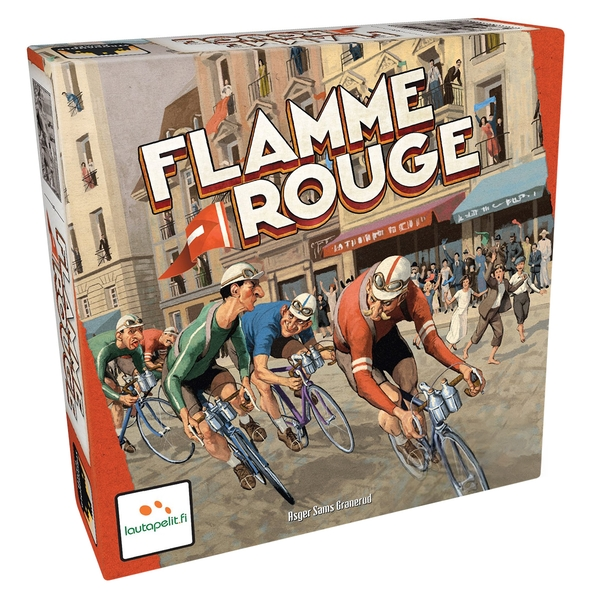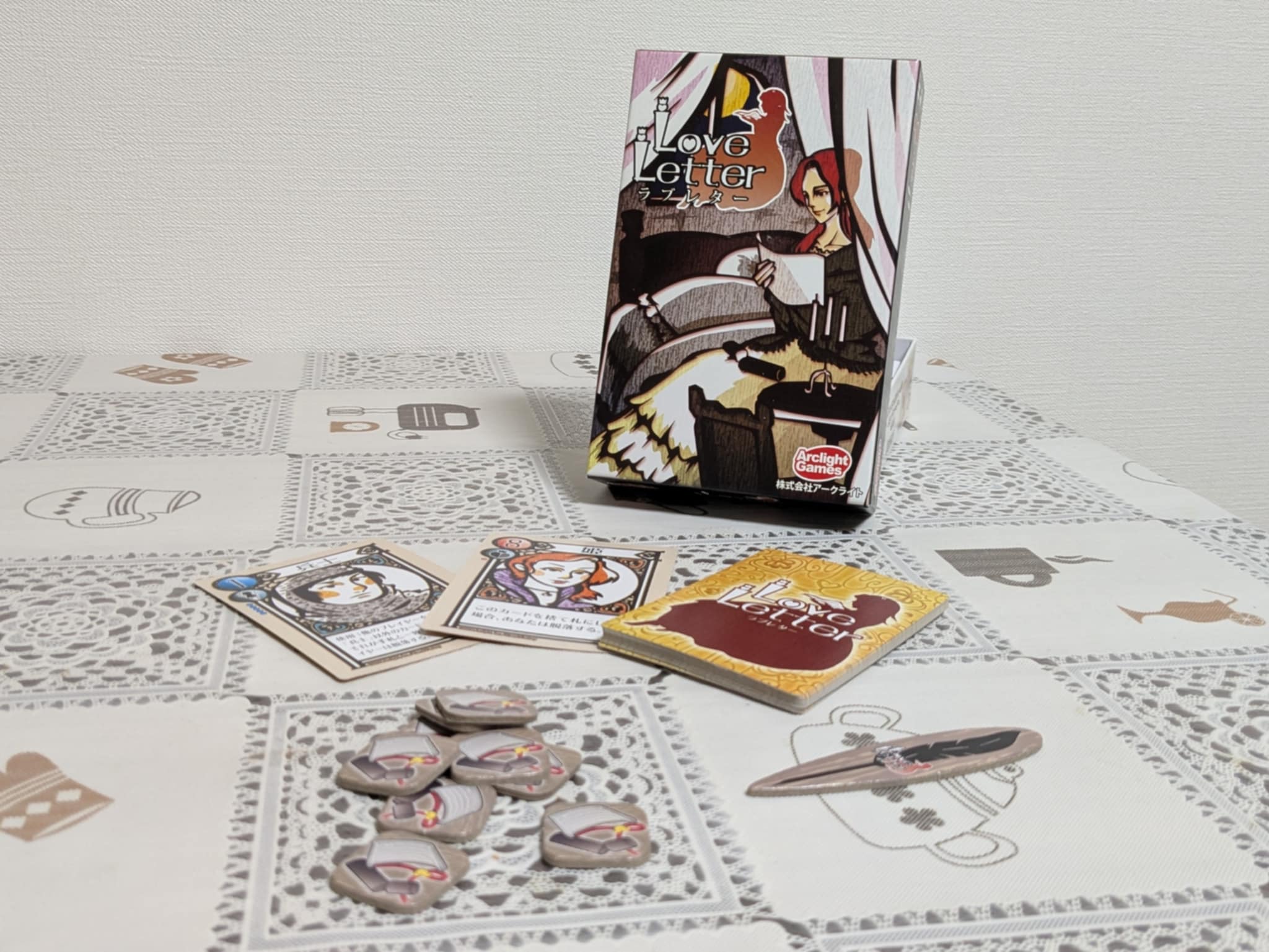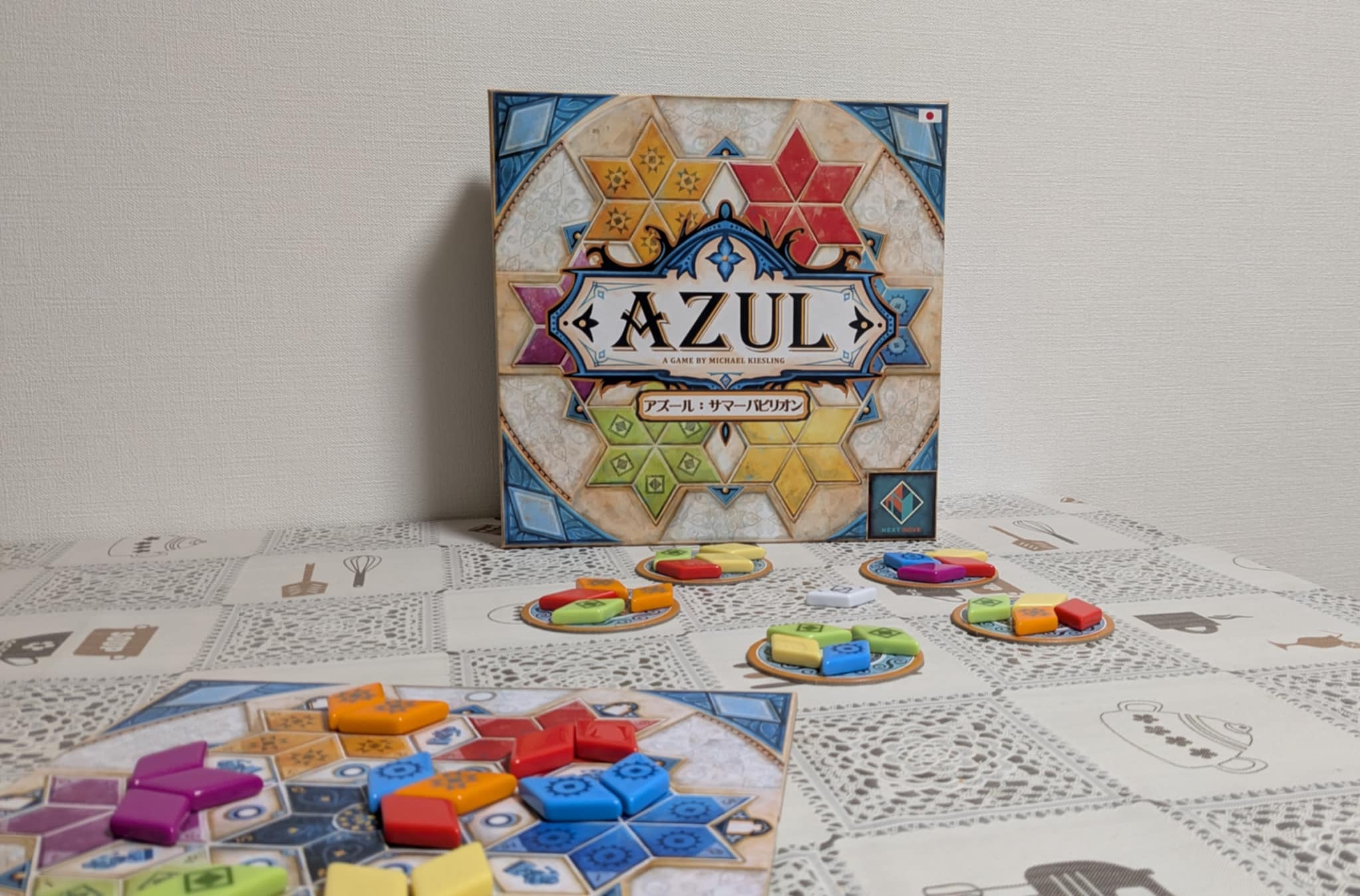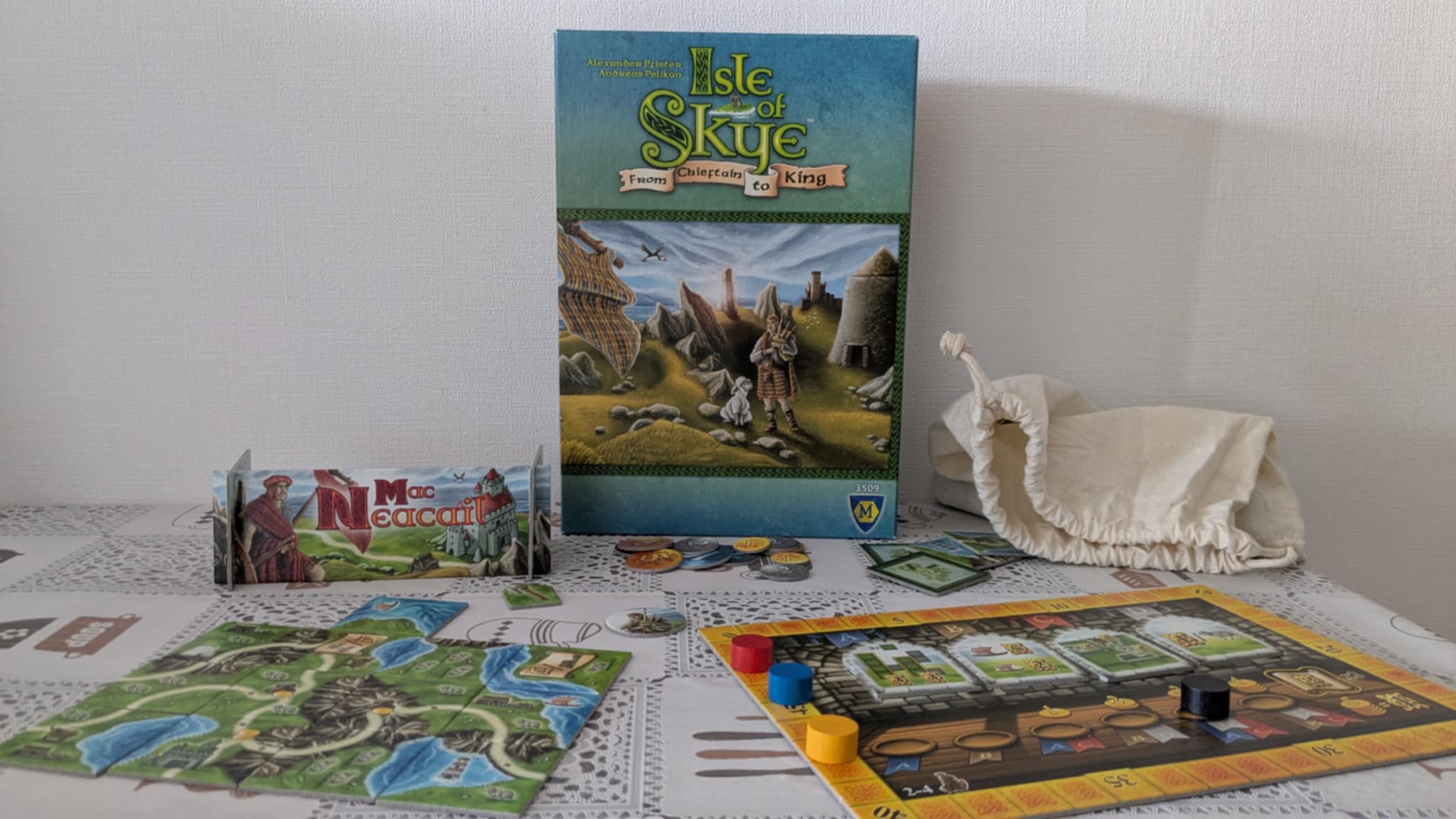Flamme Rouge Board Game Review
Cycling fans, board gamers, and lovers of fast-paced fun—strap in. Today, we’re interviewing none other than the high-speed, card-drafting sensation: Flamme Rouge. This tactical racing board game from designer Asger Sams Granerud has been speeding up gaming tables since its release, and now it’s pulling in for a chat. But first, let’s introduce our guest.
What is Flamme Rouge?
Flamme Rouge is a thrilling bicycle racing game where each player controls a team of two riders: the steady Rouleur and the explosive Sprinteur. The goal? Simple—be the first to cross the finish line. But achieving that takes clever hand management, tactical positioning, and a strong understanding of tempo and timing.
Players race across custom-built tracks using a unique system of drawing and playing cards to determine how far each rider moves. However, there’s no room for luck alone—managing exhaustion, planning movement, and leveraging the slipstream mechanic are all essential to success.
The game features:
- Player Count: 2–4 players
- Playtime: 30–45 minutes
- Complexity: Medium
- Mechanics: Card Drafting, Hand Management, Slipstreaming
- Theme: Classic Road Bicycle Racing
The name Flamme Rouge comes from the red flag that marks the final kilometer in real-life cycling races. And just like in those races, the tension here escalates until the very last card is played.
Now, let’s roll out the red carpet (or should we say red tarmac?) and welcome Flamme Rouge itself to the stage. Let’s see what this elegant, strategic, and wonderful racing game has to say!
Flamme Rouge and the Reverse Deck-Building Race to the Finish
Me: Welcome to the studio, Flamme Rouge! It’s an honor to have you here. You’ve raced your way into the hearts of gamers everywhere, and I have to say—you’re one of the most elegant racing games out there.
Flamme Rouge: Merci! I may be fast, but I always enjoy slowing down just enough for a good conversation. Let’s get this race rolling!
Me: So, right off the line—your core mechanic is deck-based, but not in the way most card gamers expect. Let’s talk about that.
Flamme Rouge: Ah yes, my “deck-building,” or should I say… deck-unbuilding? Most people associate deck-building with games like Dominion, where the goal is to build a powerful engine, churning your deck to draw stronger hands as the game progresses. It’s a race, sure, but without a track—just point accumulation.
Me: But you do the opposite.
Flamme Rouge: Precisely. In my world, your deck gets worse. Your best cards—those big, exciting movement numbers—get used up early, and in their place, I sneak in Exhaustion cards, which are weak and clog up your future draws. The deeper you get into the race, the more tired your riders become. It’s a bicycle racing game where hand management is survival.
Me: So while other deck-builders reward players with increasingly better hands, you reward the ones who manage decline the best?
Flamme Rouge: That’s the heart of it. You’re not building the best deck—you’re ruining it as little as possible. And when the final stretch arrives, those who saved their strongest moves will break away from the pack, while others sputter out with nothing but 2s and 3s in their hand.
Me: It’s such a smart match between theme and mechanics. The deck fatigue mirrors the wear on real cyclists so well.
Flamme Rouge: That was the goal. Every time you reshuffle and feel your deck get heavier, clunkier—you’re living the theme. That creeping pressure is exactly what makes the final few turns so thrilling. Who saved just enough to sprint to the finish line, and who used up their legs too soon?
Me: You’re not just a racing game—you’re a story about endurance, cleverly told through cards.
Flamme Rouge: And that’s exactly how I like it—paced, purposeful, and always pushing forward.
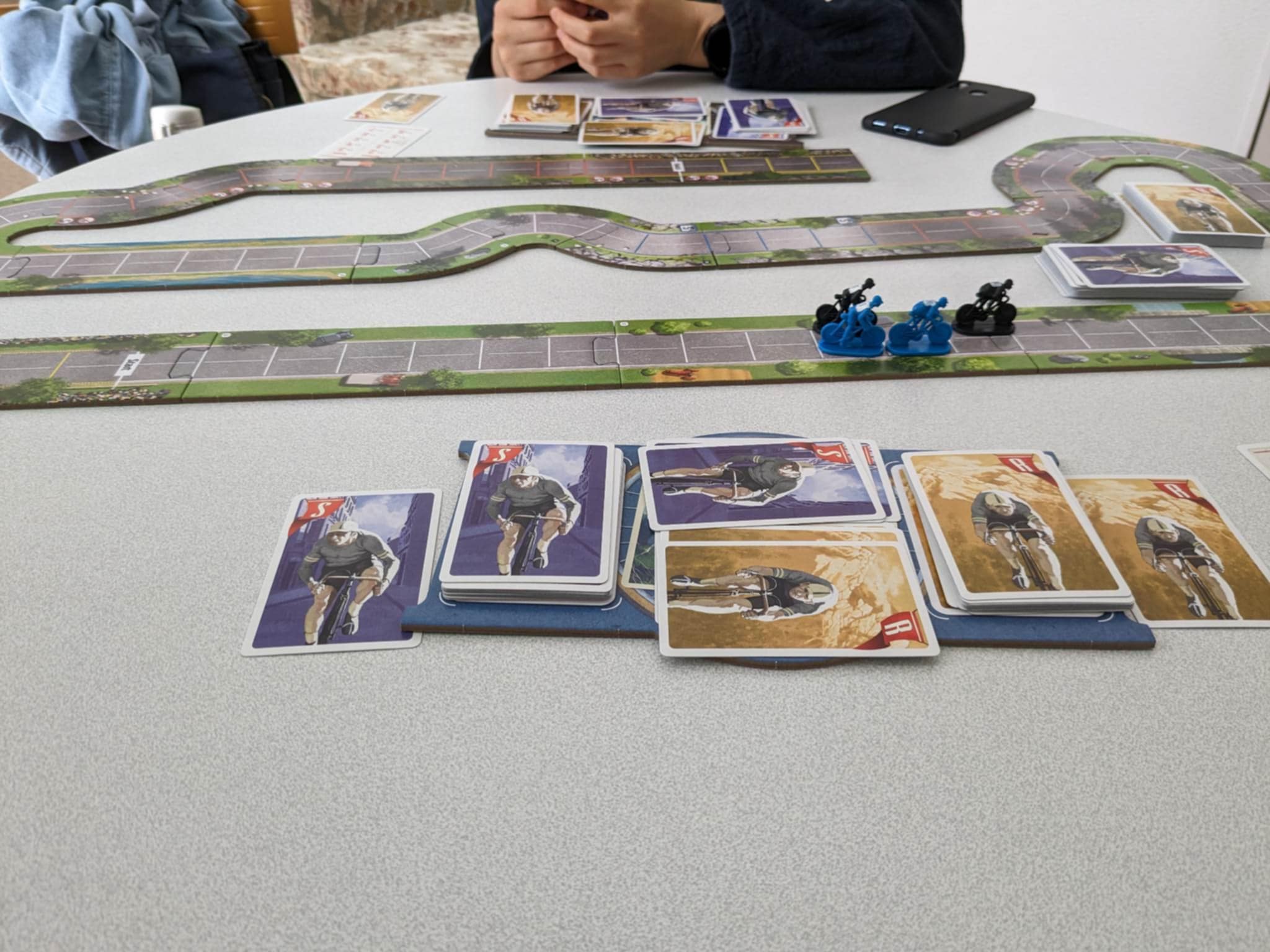
Simple Strategies, Tactical Brilliance – How Flamme Rouge Keeps Every Move Meaningful
Me: That whole “deck getting worse” thing is genius. But what really impressed me is how your strategic clarity enhances the game’s tactical richness. You don’t hide the path to victory—everyone knows what they should be doing.
Flamme Rouge: Exactly. I don’t rely on secret combos or hidden engines. My beauty lies in how open and readable everything is. From the very first turn, everyone knows the basic plan: stay in the pack, avoid leading when possible, use slipstreaming to get free movement, and save your best cards for the final sprint to the finish line.
Me: And yet, despite how obvious that sounds, it’s really tough to execute.
Flamme Rouge: That’s because of my dual-rider design. Every player controls two riders—a Rouleur, who’s smooth and consistent, and a Sprinteur, who’s… let’s say “high risk, high reward.” The Sprinteur has explosive potential, but more low cards too. Ideally, players use the Rouleur to shield the Sprinteur, letting him slipstream and preserve energy.
Me: So when the moment comes, the Sprinteur can break away with that big 9-card while everyone else is limping forward.
Flamme Rouge: That’s the dream! When a player trims their Sprinteur’s deck so well that only strong cards remain in the final stretch—it’s a thing of beauty. A true cycling masterclass.
Me: But honestly, that almost never goes perfectly.
Flamme Rouge: Ha! Exactly! What usually happens is that in trying to keep the Sprinteur fresh, players burn through their Rouleur’s deck—and then realize both riders are exhausted. It’s hilarious, it’s brutal, and it’s very, very thematic.
Me: And all the while, the strategy stays visible and understandable. It’s the tactical choices—when to hold, when to push, where to place—that elevate the gameplay.
Flamme Rouge: That’s the magic. I don’t bury players in complexity. I give them a clear goal, then let them fight for it with every card drawn and every pedal pushed.
Mastering the Pack: The Elastic Heart of Flamme Rouge
Me: So we’ve talked about strategy and tactics—but there’s something at the very center of your design that deserves a spotlight: the pack. It’s not just a background detail, is it?
Flamme Rouge: Oh, not at all. The pack dynamic is where so much of my tension lives. Staying in the middle of the group? That’s where it matters. It’s the safest place—sheltered from exhaustion, perfectly placed to slipstream, and in range to react.
Me: But being too far ahead is risky, right?
Flamme Rouge: Absolutely. If you’re leading the pack, you’re taking the brunt of the wind—mechanically, that means you’ll earn an exhaustion card, clogging up your deck. And falling too far behind? That’s no better. You’ll miss the slipstream entirely, losing precious movement and making it hard to catch up and earn yourself an exhaustion card as well.
Me: So the pack stretches and contracts like a rubber band?
Flamme Rouge: Exactly. Players are constantly pushing and pulling—surging ahead just enough to avoid being left behind, then easing off to avoid taking the lead. It’s a fluid tension, and that’s where my psychological layer comes in.
Me: Because the movement cards are played secretly.
Flamme Rouge: That’s right. You only get to draw four cards for each cyclist and choose one to play—without knowing what anyone else will do. You may want to slow down and stay in the middle, but if the card you draw is too fast or too slow, you’ll have to adjust on the fly.
Me: So every turn becomes a subtle mind game—guessing what your opponents will do, hoping you’ve picked just the right number to stay in the ideal position.
Flamme Rouge: That’s the thrill. My pack is alive. It’s not just a group of cyclists—it’s a shifting puzzle of speed, momentum, and bluffing. And every game, the shape of that pack tells a different story.
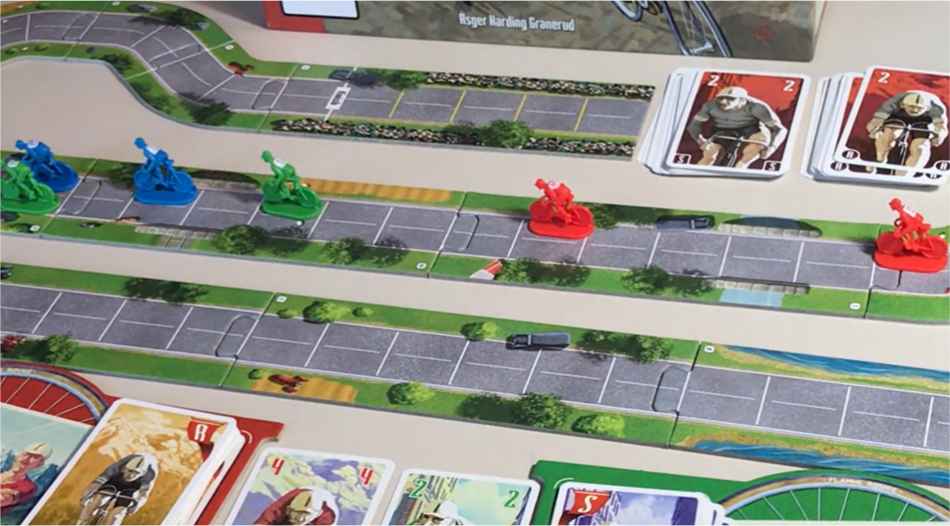
Breaking the Rhythm: How Hills Disrupt Flamme Rouge’s Pack Dynamics
Me: You’ve painted a beautiful picture of the pack—the give and take, the ebb and flow of movement, the tension of staying in the perfect spot. But sometimes, all that rhythm gets completely shattered. And that’s when the hills show up, right?
Flamme Rouge: Oh yes. My hill segments—both uphill and downhill—exist to break the regular flow of the game. They’re not just pretty pieces of the racetrack. They’re tactical choke points designed to make riders sweat, both literally and figuratively.
Me: Let’s talk about going uphill first. It’s… painful.
Flamme Rouge: Excruciating. When riders go uphill, two key rules kick in: no slipstreaming, and a movement cap of 5. That means even if you burn a 9-card trying to power through, it only gets you 5 spaces. It’s a massive efficiency loss.
Me: So suddenly, all those beautiful, well-laid strategies—like using your Rouleur to shield your Sprinteur—get blown apart.
Flamme Rouge: Exactly. When you can’t rely on slipstreaming, the pack fractures. Players can’t ride as a unit anymore, and the plan of keeping your Sprinteur fresh goes out the window. It’s like someone tossed a bike pump into your spokes. Now it’s all about raw survival.
Me: And downhill?
Flamme Rouge: That’s a trickier beast. The rule is simple: if you play a low-value card, it automatically becomes a 5, thanks to the downhill speed boost. Sounds great, right?
Me: It sounds like a great opportunity to dump bad cards and save your big ones for later.
Flamme Rouge: And that’s the trap. Sure, playing a 2 and turning it into a 5 is nice—but savvy racers realize that downhills are one of the best chances to break out. If you hold onto your high-value cards and blast through that slope, you might just launch a decisive breakaway.
Me: So again, it’s a decision between efficiency and opportunity.
Flamme Rouge: Always. That’s the core of my design. The hills shake things up, and the smartest players are the ones who see the break in the rhythm and decide when to play along—or when to break free.
Flamme Rouge: A Clever Card Game Wearing a Racing Jersey
Me: You know, we’ve spent a lot of time talking about cards—when to play them, how to manage them, how they affect both riders. But oddly enough, we’ve said very little about the track itself.
Flamme Rouge: That’s not a coincidence. The secret that many players discover—sometimes not until a few games in—is that I’m not truly a board game with cards. I’m a card game in disguise, and my board just happens to look like a race.
Me: That’s a bold claim!
Flamme Rouge: But think about it. For the first two-thirds of the game, you’re not really “racing.” You’re engaging in a slow, tense, and deeply tactical card dance. Every round plays out like a trick-taking game. Players throw down cards, hidden from one another, trying to win the trick in a way that lets them slipstream or stay safely in the pack.
Me: And if you misread the table, you end up leading the trick—and paying for it with exhaustion cards.
Flamme Rouge: Exactly. That’s why the early game feels like a quiet battle of wits, not a frantic sprint. It’s all about tempo control, hand manipulation, and figuring out how to nudge your cyclists into the perfect position for the final showdown.
Me: And then the final stretch?
Flamme Rouge: That’s when I become a proper racing game again. All the buildup, the hand shaping, the tension—it explodes into the last few turns where everyone is throwing down their best cards, praying their legs hold out just long enough to cross the finish line first.
Me: So really, the “board” just gives shape to a card game about momentum, management, and mind games.
Flamme Rouge: That’s the twist. I may look like a bicycle racing game, but beneath the handlebars and helmets, I’m a card puzzle—and one that sticks with players long after the race is over.
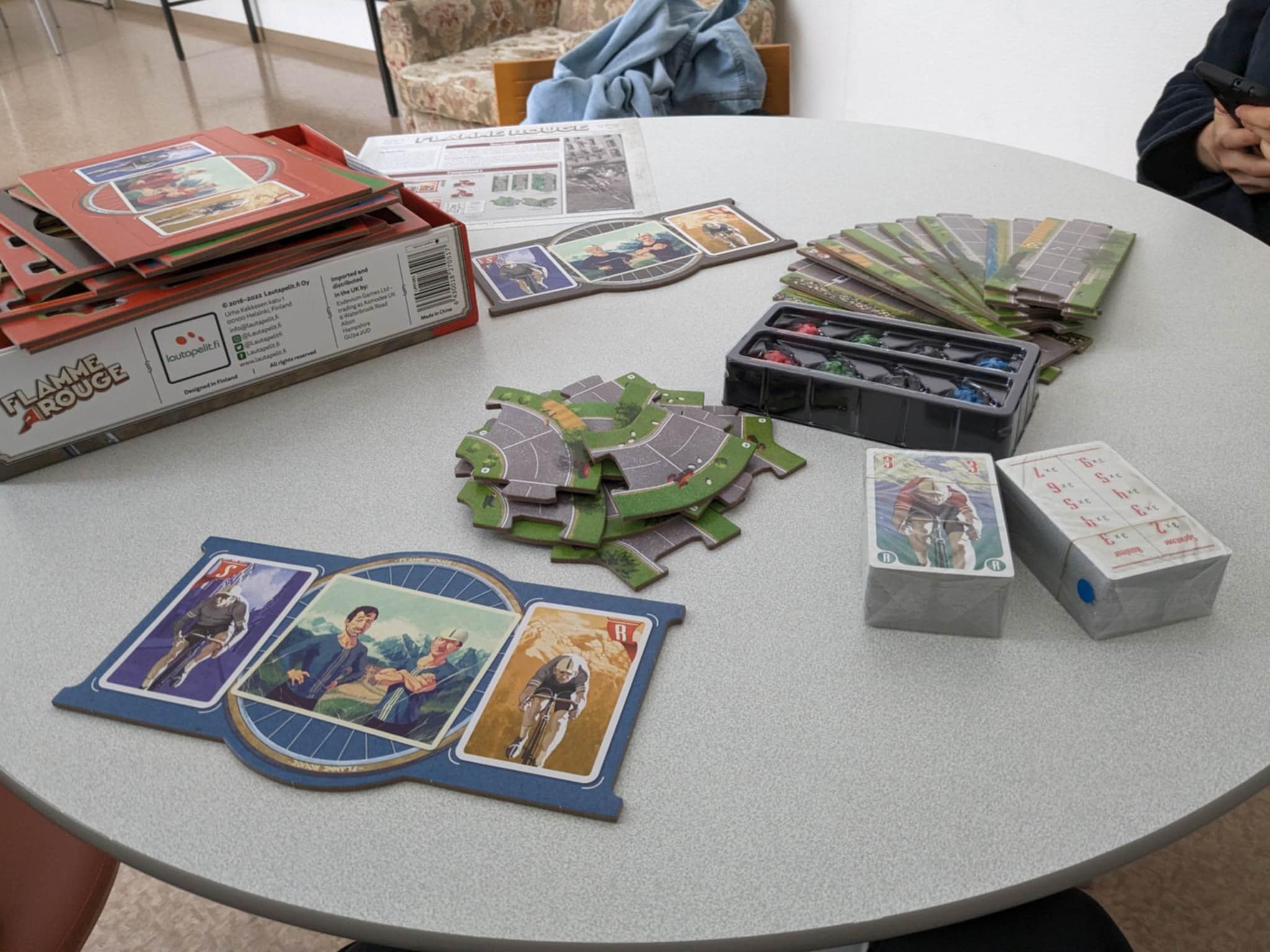
A Modern Racing Game with the Soul of a Classic
Me: I’ve got to say, Flamme Rouge, you really hit that sweet spot between modern design and nostalgic charm. You feel… timeless.
Flamme Rouge: Why, thank you! That’s exactly the vibe I aim for. While I bring sleek mechanics and strategic card play, I also wear the jacket of an old-school racing board game—one that wouldn’t look out of place on a 90s game shelf.
Me: You really do look the part. When you’re set up on the table, you immediately draw people in.
Flamme Rouge: It’s all in the presentation. The modular board gives each race a fresh layout. With a variety of official track setups—and the ability for players to create their own—I bring a sense of freedom that keeps the game feeling fresh every time.
Me: And the rules are surprisingly intuitive.
Flamme Rouge: That’s important to me. I’m a game anyone can learn in a few minutes, but I don’t sacrifice depth. The mechanics—Exhaustion cards, slipstreaming, hill segments—they’re simple, but each one is a clever, thematic hook. They make sense to new players and offer room for experienced racers to master the rhythm.
Me: It’s the kind of game you can teach to your family, but still obsess over with your gamer friends.
Flamme Rouge: Precisely. My depth doesn’t come from complexity—it comes from the other players. Everyone at the table is trying to out-think and out-maneuver each other. That dynamic tension turns even the simplest rules into a rich, tactical experience.
Me: And that’s what makes you feel like a classic—approachable, endlessly replayable, and surprisingly deep.
Flamme Rouge: Just like a real race—easy to join, hard to win, and impossible to forget.
Not Without a Flat Tire: Minor Drawbacks in Flamme Rouge
Me: Every great race has a few bumps in the road. Let’s talk about some of the little issues that players might notice when spending time with you.
Flamme Rouge: I’ll admit it—I’m not without my quirks. Let’s start with the track tiles. While functional and modular, they can feel just a bit flimsy in the hands. They hold together well enough during play, but they don’t exactly scream premium quality.
Me: And the cards?
Flamme Rouge: Ah yes, my beloved cards. They’re the heart of the game—you’ll be drawing, handling, and flipping them constantly. While the card stock is decent, it lacks that smooth, tactile satisfaction some players might expect, especially in a game where cards are everything.
Me: And what about the cyclists?
Flamme Rouge: That’s a common comment. Each team has a Rouleur and a Sprinteur, but from across the table, they’re not always easy to tell apart. A small tweak in color or base shape could’ve made them more distinct during gameplay.
Me: So nothing major—just a few tiny components that could use a polish.
Flamme Rouge: Exactly. Mechanically, I ride smooth. But a little upgrade in presentation would’ve made me even more race-ready.

Final Verdict: Flamme Rouge Is a Winner in Any Peloton
Me: Flamme Rouge, before we close this interview, I just want to say—you’ve more than earned your place in the spotlight. There’s something truly special about how approachable, clever, and endlessly replayable you are.
Flamme Rouge: Merci! I’m not the loudest or flashiest game at the table, but I bring people together, spark laughter, and leave players thinking about that one perfect sprint or brilliantly timed slipstream long after the race is over.
Me: And that’s what makes you easy to recommend. I absolutely think Flamme Rouge belongs in every collection. It’s the kind of game that can be placed in front of anyone—friends, family, hardcore gamers—and fun will always be had.
Flamme Rouge: That means a lot. I’m what you might call a grower, not a shower. My charm isn’t always immediate, but give me a few laps, and you’ll start to notice all the smart little gears turning beneath the surface.
Me: Well said. You’re the perfect mix of subtle brilliance and pure fun. Thanks for taking the time to speak with us today, Flamme Rouge.
Flamme Rouge: The pleasure was mine. See you at the next starting line.
Conclusion: Flamme Rouge—A Modern Classic in Disguise
Flamme Rouge may come in a modest box with humble components, but like all truly great board games, it understands that the most powerful element at the table isn’t in the cards or tiles—it’s the players. Every moment in the game is shaped by the tension between cyclists, the psychology of bluffing, and the shared push-and-pull of the peloton. It’s a game where each session feels fresh, each race tells its own story, and no two sprints to the finish ever unfold the same way.
That’s why Flamme Rouge stays with me. It’s a quiet grower—a title that sticks in your mind, subtly revealing its brilliance over time. With every play, I find myself appreciating the design more. It’s not just fun. It’s clever fun.
For those who enjoy the experience, the obvious alternative recommendation is Heat: Pedal to the Metal, from the same designer. Heat is a modern racing game masterpiece—slick, full of clever twists, and just as card-driven. It doesn’t have quite the nostalgic elegance that Flamme Rouge conjures, but it shines with its own modern glow. For a rowdier ride, Thunder Road: Vendetta offers thrilling races with high-stakes car blowing-up and blasting-off business. Or, if you’re just looking to laugh and keep the energy light, 6 nimmt! boils the racing chaos down into hilarious card-based fun.
Final Rating: 9/10 – A Quietly Brilliant Racing Experience
✅ Pros:
Intuitive rules and easy onboarding
Deep tactical play driven by player interaction
Grows in appreciation with every session
Classic charm and table appeal for all types of players
❌ Cons:
Doesn’t always impress immediately on first play
Component quality could be improved
Whether you’re hosting a casual night or looking for a finely-tuned tactical game, Flamme Rouge is a race worth riding—again, and again, and again.

